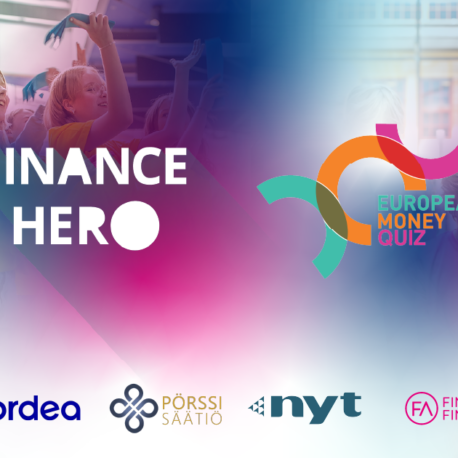
- Finland placed slightly above the average in the OECD’s international survey of adult financial literacy across 39 countries.
- Finland’s financial literacy score was 65 out of 100 points, when the average score across all participating countries and economies was 60 out of 100.
- In the area of digital financial literacy, Finland scored high above the average.
- In terms of financial knowledge, behaviour and attitudes, Finland scored slightly above the average.
- Finland scored close to the average also in the category of financial well-being.
Finland is very close to the international average in its national level of financial literacy. This was shown by the OECD’s latest international survey of adult financial literacy, which measured 39 countries and economies.
Finland’s overall financial literacy score was 65 out of 100 points. This is a hair above the average of 60 points across all participating countries and economies. Germany received the highest score with 76 points, while Yemen placed last with 42 points. Sweden received a score of 66 points.
“Good financial literacy improves equality and gives people more opportunities in life. Finland’s score is not disheartening, but it is clear we need more resources to financial literacy education in teacher training and vocational education”, notes Päivi Luna, head of welfare financing at Finance Finland.
The value of the report is not merely in the international comparison; it also enables the evaluation of the different components of financial literacy. The survey helps identify the areas in which different demographics may need more support. Finland’s results, for example, show that financial literacy among young adults and women is lower when compared with the general population than in the other participating countries.
“The curriculum for basic education includes a good amount of financial literacy, but the situation in vocational education leaves much room for improvement. It is important not to make cuts to general subjects in vocational education. More financial literacy education is very much needed”, Luna points out.
New skills
The escalating digitalisation of the world makes new kinds of financial literacy necessary. The OECD’s international comparison highlighted digital financial literacy. It was also the area in which Finland excelled at.
“Digitalisation brings services closer to people, but their use also requires learning new skills. One dimension of digital financial literacy is learning to recognise and avoid different kinds of frauds and scams”, says Luna.
The vision of Finland’s national strategy for financial literacy is that Finns will have the world’s best financial literacy by 2030. Based on the OECD survey, there is still much work to be done.
“Finance Finland supports and promotes the aims of this national strategy. Financial literacy is not simply about the prevention of problems, it is about helping people look after their personal finances. Studies show that as financial prosperity improves, so do well-being and the quality of life.”
Still have questions?
|Contact our experts
Looking for more?
Other articles on the topic

The Finnish Finance Hero competition takes an international twist – Finance Finland to send winners to the European Money Quiz finals in Brussels

Lauri Nyhä is the Economic Guru of Finnish general upper secondary school students

Patrick Itäniemi crowned the Economic Guru among Finnish general upper secondary school students

Finns average in financial literacy but leaders in digital financial literacy, shows OECD comparison





